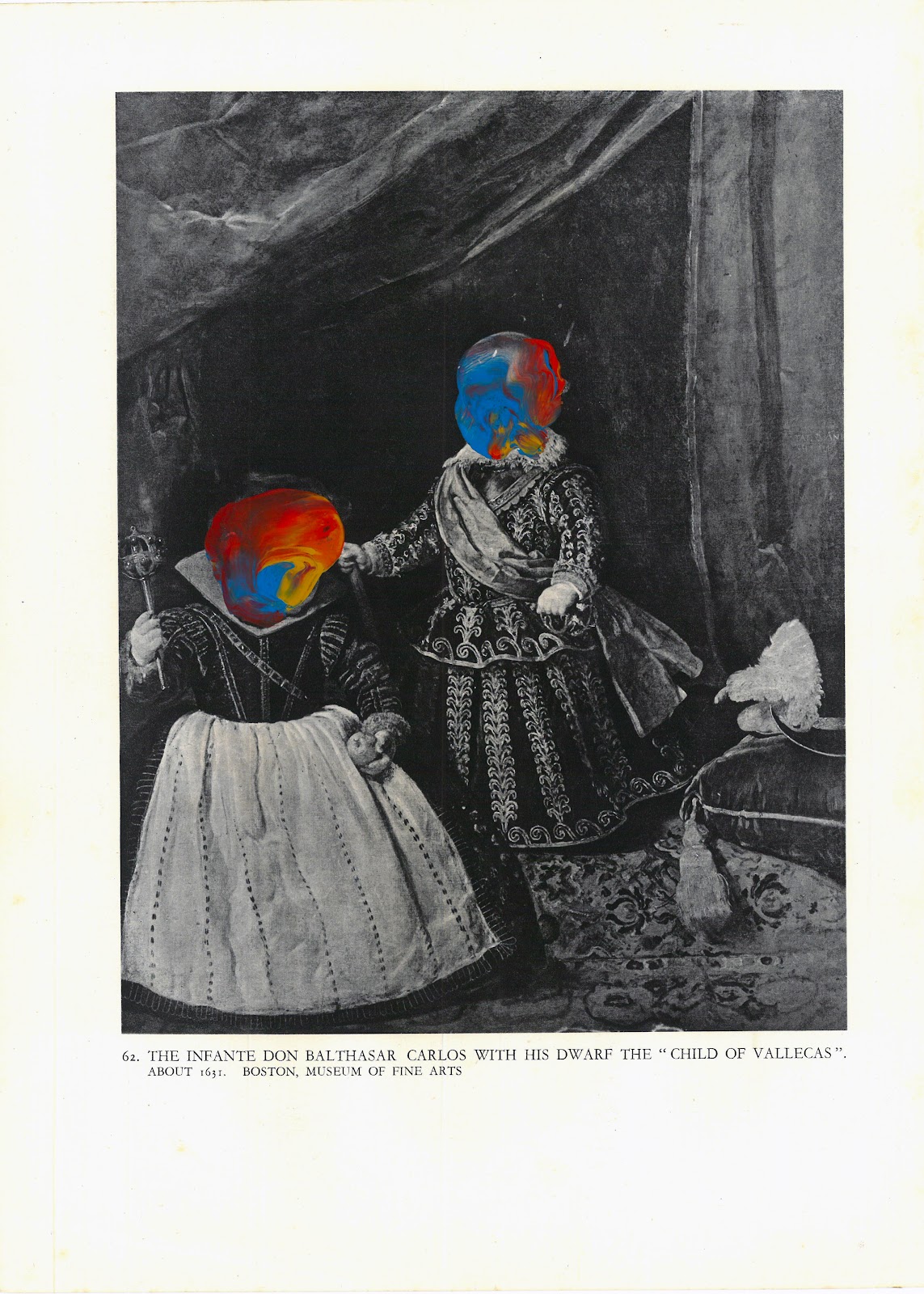Our last exhibition was at the beginning of February 2022 and there are some things that remained anonymous due to the great reception that the exhibition had and the scarce existence of catalogs that were made. That is why here we will reproduce the full text published in said catalog. The text in question refers to the dialectic that exists between the works of CAPA and Don Quixote; whom we adopted as an amulet for this exhibition and who, following the programmatic ideas of the same, is a clear difference from other Riders, such as the prestigious group of artists of the Blue Rider in a Saint George with a great religious charge and for being basically the symbol who rules Bavaria. With everything here, the text is reproduced and we add some photographs of the exhibition that was entirely organized by the José Estevao component in conjunction with the CAA; which has already appeared as a frequent space for the most experimental samples of CAPA since 2018.
CAPA found its Blaue Reiter in Don QuijoteCAPA is happy to meet again for a small exhibition in Aljustrel (Portugal) with Don Quixote and his misadventures as the main character. For CAPA the figure of Don Quixote is symbolic as was Saint George for the collective of expressionist artists of the Blue Rider (der Blaue Reiter) in Munich (Vasili Kandinsky, Franz Marc, August Macke, Gabriele Münter, Alexei von Jawlensky, Marianne von Werefkin, Paul Klee, among others ...) and that, unlike CAPA, in the Blue Rider this signified a symbol of spiritual freedom and artistic justice, clearly in tune with the story of Saint George and the Dragon and that CAPA has reinterpreted adopting the figure of Don Quixote, another chivalrous character but who, unlike Saint George or the Blue Rider, represents a symbol of the wealth of madness and a magnificent speech of the imagination that broadly demonstrated the disagreements of objective automatism and freedom over impediments of reason, thus more than an iconography if perhaps more ethical and religious linked to the spiritual, CAPA presents its own Rider who, unlike being the liberator of the spiritual, reivindicates as liberator of Madness as the true source of creation, to the first thing that passes through the mind, the hands and his vital attitude of acting openly and that in the work are defined in the intense search for the ideals of freedom, justice, and love. Don Quixote has suffered, like any classic work, all kinds of interpretations and criticisms. Miguel de Cervantes provided in 1615, through the mouth of Sancho, the first report on the impression of the readers, among whom "there are different opinions: some say: 'crazy, but funny"; others, "brave, but miserable"; others, "courteous, but impertinent." Opinions that already contain the two later interpretative tendencies: the comic and the serious. However, the novel was received in its time as a book, in the words of Cervantes himself, "of entertainment", as an exhilarating book of ridicule or as a hilarious and withering parody of chivalric books. However, we could establish that the figure of the same protagonist is a symbol of beauty-madness, gallantry, and "clairvoyance", depending on how it looks. Be that as it may, this small project adds 16 modifications by Gustave Doré (French engraver and illustrator) and that the members of CAPA: Freddy Flores Knistoff, José Estevão, James Burns, Patricio Álvarez Aragón, and Eduardo Rojo have shed light through their own perspective and automatic gaze.Exhibition statementPatricio Álvarez AragónDublin, 2021
--






.jpg)











